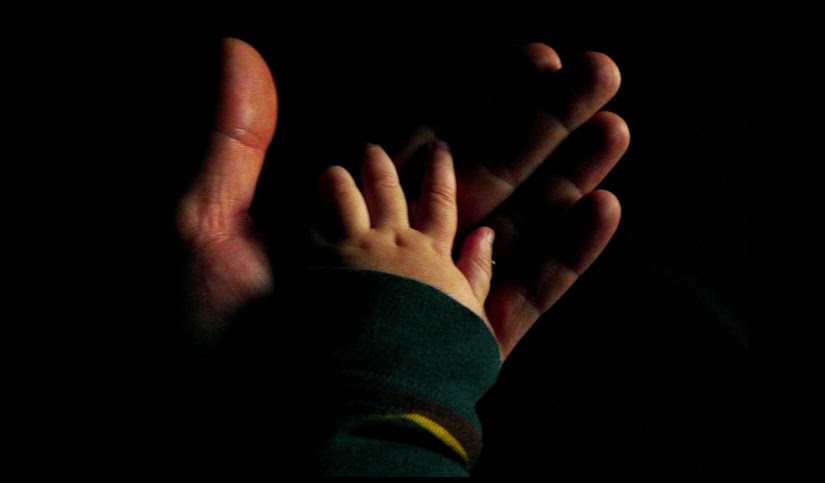Depending on what language you speak, your eye perceives colours – and the world – differently than someone else. The human eye can physically perceive millions of colours . But we don’t all recognise these colours in the same way. Some people can’t see differences in colou…
Device could help insulin-producing cells live longer after transplant and improve treatment of type 1 diabetes. Since the 1960s, researchers have been interested in the possibility of treating type 1 diabetes by transplanting islet cells — the pancreatic cells that are respon…
Até aqui, a variação de cores do cabelo humano era explicada por fatores hereditários e uma dúzia de genes. Agora, os cientistas descobriram mais de 100 genes com um papel determinante A cor do cabelo é uma das características de aspecto físico que mais facilmente se herda …
UBI participa em projeto que investiga tratamento inovador de doenças oculares lídio Correia, docente da UBI, é o Co-Investigador Responsável de “Non-invasive ocular insert for drug delivery”, desenvolvido em Coimbra. O docente e investigador da Faculdade de Ciências da …
Summary: Researchers report both physical and mental exercise can affect the learning ability of future offspring, at least in mice.
Physical and mental exercise is not only beneficial for your own brain, but can also affect the learning ability of future offspring – at least in mice. This particular form of inheritance is mediated by certain RNA molecules that influence gene activity. These molecules accu…
Uma investigação realizada por cientistas britânicos pode vir a mudar a forma como o cancro é detetado. A pesquisa criou um exame de sangue que pode ser capaz de detetar o nível de risco de indivíduos virem a desenvolver doenças cancerígenas logo à nascença. Os investigadore…
Os estudos feitos em ratinhos podem dar pistas sobre a forma como os circuitos cerebrais dos homens reagem à chegada de um filho – fazendo com que seja activado uma espécie de instituto paternal –, mas não se sabe até que ponto é que estes circuitos são similares entre as duas espécies. …
É altura de reescrever os manuais sobre o cancro", diz o autor de um novo estudo que levou os investigadores a concluir que todos podem ser reclassificados em 28 grupos e devem ser tratados consoante o seu tipo e não conforme o primeiro lugar onde aparecem. Os ca…
Dotação orçamental do concurso de Projectos I&D de 2017 soma um total de 375 milhões de euros para os próximos três anos. Comunicação dos resultados às candidaturas aprovadas começou a 9 de Fevereiro e termina este mês. A Fundação para a Ciência e a Tecnologia (FCT) confirmou…
A Fundação Bial anunciou hoje no Porto a abertura de um concurso internacional para projetos de investigação científica na área das neurociências, variando os apoios entre os cinco mil e os 50 mil euros. O anúncio foi feito pelo presidente da fundação, Luís Portela, durante o 12.…







